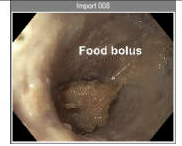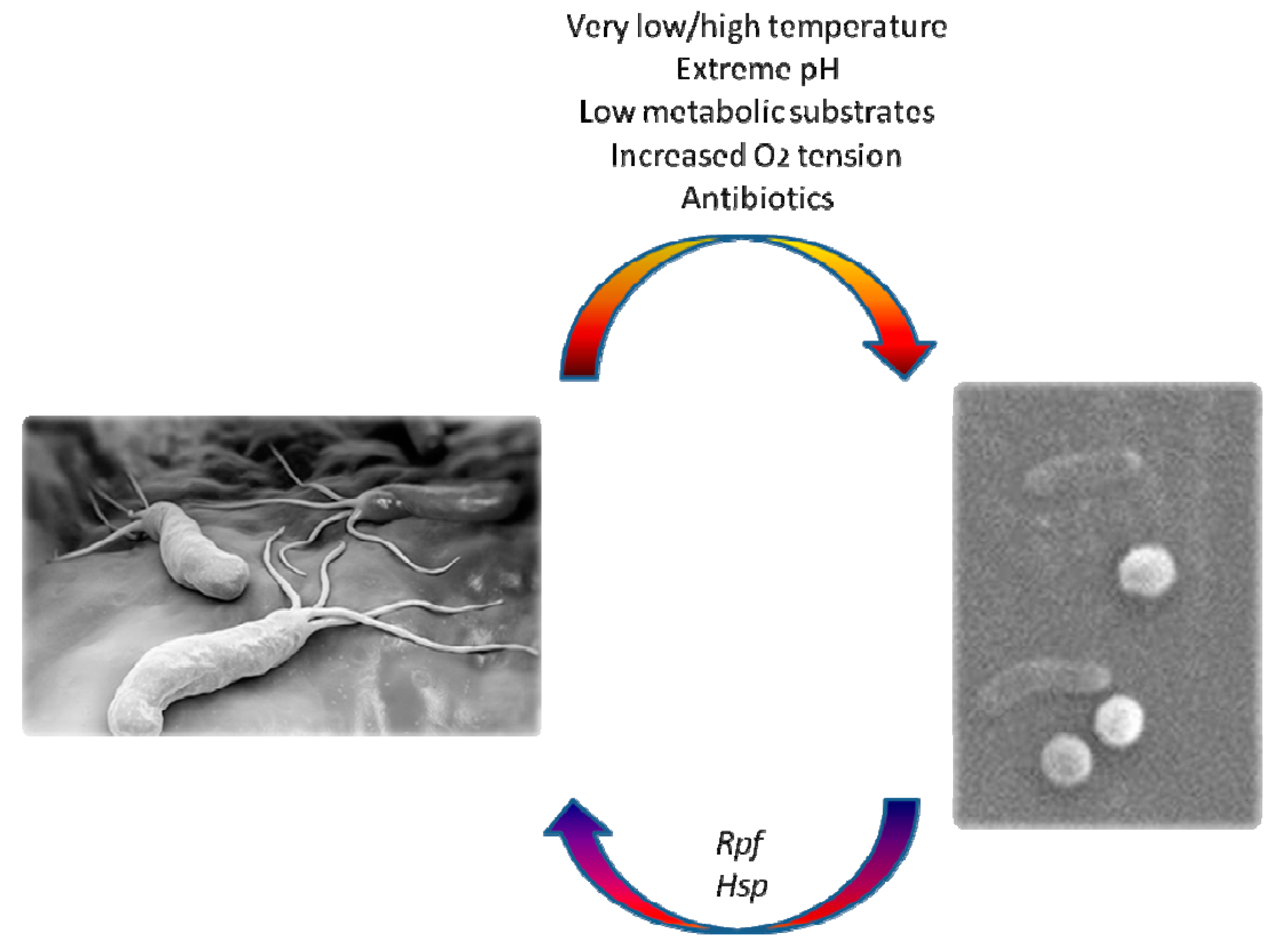Tuesday Poster Session
Category: Esophagus
P4963 - A Perfect Synchrony With Great Impact: A Case of Recurrent Esophageal Food Impaction
Tuesday, October 28, 2025
10:30 AM - 4:00 PM PDT
Location: Exhibit Hall

Javed Jagroo, MBBS (he/him/his)
Brookdale University Hospital Medical Center
Bronx, NY
Presenting Author(s)
Javed Jagroo, MBBS1, Ernesto Garcia-Rodriguez, MD2, Rohan Hehr, MD2, Omar Oudit, DO2, Nader Daoud, MD2, Derrick Cheung, MD2
1Brookdale University Hospital Medical Center, Ozone Park, NY; 2Brookdale University Hospital Medical Center, Brooklyn, NY
Introduction: Esophageal food impaction (EFI) is a common Gastrointestinal (GI) emergencies, estimated to have an incidence of 13 per 100,000 with a recurrence rate of around 20%.
Case Description/
Methods: A 65 year old male with Uncontrolled Diabetes Mellitus (DM) presented with his third episode of EFI in the last 3 years while eating pork and presented to hospital 12 hours later without any signs of airway compromise or perforation. He admitted his dentures were not fitted appropriately resulting in incomplete chewing of food. Intravenous Glucagon was administered with no improvement in symptoms and Chest Computed tomography confirmed a 2.0 x 1.7 cm faint hyper density within the esophagus at the level of the cricopharyngeal muscle. He underwent urgent Esophagogastroduodenoscopy (EGD) and retrieval of the food bolus using a rescue net. Endoscopic findings included a linear mucosal rent 20-22 cm from the incisors (site of impacted food), ringed appearance of the proximal and mid esophagus, few distal Esophageal Diverticula and Mild Gastritis. Esophageal biopsies were negative for Eosinophilic Esophagitis (EoE) or fungi but there were squamous mucosal epithelial changes indicating acute on chronic esophagitis. Gastric biopsies revealed chronic gastritis, and coccoid shaped bacteria were seen on Giemsa Stain but immunohistochemistry stains were negative for Helicobacter (H) Pylori.
Discussion: EFI occurs as result of strictures, narrowing, mass lesions, esophageal motility disorders or spasms. EoE has also been recognized as a risk factor for EFI and dysfunction with increasing incidence in the US. Recurrent EFI has been attributed to the presence of hiatus hernia and Gastroesophageal Reflux disease contributing to Esophagitis as in this patient. Our case also highlights ill-fitting dentures as a cause of recurrent EFI and should be considered when evaluating the elderly patient. Uncontrolled DM may also cause neuropathy, gastroparesis and less commonly ineffective esophageal motility. The coccoid shaped bacteria on Giemsa stain represents the ‘viable but non culturable’ form of H Pylori which adapts to survive extremes of environment in Gastric mucosa. This dormant form is implicated in H pylori treatment failure but otherwise little is known about its potential to provoke other Gastrointestinal diseases. This case highlights multiple factors contributing to recurrent EFI. Further studies are required to elucidate a relation between coccoid forms of H Pylori with Gastric and Esophageal Pathology

Figure: Food Bolus seen on EGD 20-22cm from Incisors.

Figure: H Pylori transitioning from Bacillary shaped to coccoid shaped due to environmental changes.
Ierardi E, Losurdo G, Mileti A, Paolillo R et al. The Puzzle of Coccoid Forms of Helicobacter pylori: Beyond Basic Science. Antibiotics (Basel). 2020 May 31;9(6):293. doi: 10.3390/antibiotics9060293. PMID: 32486473; PMCID: PMC7345126
Disclosures:
Javed Jagroo indicated no relevant financial relationships.
Ernesto Garcia-Rodriguez indicated no relevant financial relationships.
Rohan Hehr indicated no relevant financial relationships.
Omar Oudit indicated no relevant financial relationships.
Nader Daoud indicated no relevant financial relationships.
Derrick Cheung indicated no relevant financial relationships.
Javed Jagroo, MBBS1, Ernesto Garcia-Rodriguez, MD2, Rohan Hehr, MD2, Omar Oudit, DO2, Nader Daoud, MD2, Derrick Cheung, MD2. P4963 - A Perfect Synchrony With Great Impact: A Case of Recurrent Esophageal Food Impaction, ACG 2025 Annual Scientific Meeting Abstracts. Phoenix, AZ: American College of Gastroenterology.
1Brookdale University Hospital Medical Center, Ozone Park, NY; 2Brookdale University Hospital Medical Center, Brooklyn, NY
Introduction: Esophageal food impaction (EFI) is a common Gastrointestinal (GI) emergencies, estimated to have an incidence of 13 per 100,000 with a recurrence rate of around 20%.
Case Description/
Methods: A 65 year old male with Uncontrolled Diabetes Mellitus (DM) presented with his third episode of EFI in the last 3 years while eating pork and presented to hospital 12 hours later without any signs of airway compromise or perforation. He admitted his dentures were not fitted appropriately resulting in incomplete chewing of food. Intravenous Glucagon was administered with no improvement in symptoms and Chest Computed tomography confirmed a 2.0 x 1.7 cm faint hyper density within the esophagus at the level of the cricopharyngeal muscle. He underwent urgent Esophagogastroduodenoscopy (EGD) and retrieval of the food bolus using a rescue net. Endoscopic findings included a linear mucosal rent 20-22 cm from the incisors (site of impacted food), ringed appearance of the proximal and mid esophagus, few distal Esophageal Diverticula and Mild Gastritis. Esophageal biopsies were negative for Eosinophilic Esophagitis (EoE) or fungi but there were squamous mucosal epithelial changes indicating acute on chronic esophagitis. Gastric biopsies revealed chronic gastritis, and coccoid shaped bacteria were seen on Giemsa Stain but immunohistochemistry stains were negative for Helicobacter (H) Pylori.
Discussion: EFI occurs as result of strictures, narrowing, mass lesions, esophageal motility disorders or spasms. EoE has also been recognized as a risk factor for EFI and dysfunction with increasing incidence in the US. Recurrent EFI has been attributed to the presence of hiatus hernia and Gastroesophageal Reflux disease contributing to Esophagitis as in this patient. Our case also highlights ill-fitting dentures as a cause of recurrent EFI and should be considered when evaluating the elderly patient. Uncontrolled DM may also cause neuropathy, gastroparesis and less commonly ineffective esophageal motility. The coccoid shaped bacteria on Giemsa stain represents the ‘viable but non culturable’ form of H Pylori which adapts to survive extremes of environment in Gastric mucosa. This dormant form is implicated in H pylori treatment failure but otherwise little is known about its potential to provoke other Gastrointestinal diseases. This case highlights multiple factors contributing to recurrent EFI. Further studies are required to elucidate a relation between coccoid forms of H Pylori with Gastric and Esophageal Pathology

Figure: Food Bolus seen on EGD 20-22cm from Incisors.

Figure: H Pylori transitioning from Bacillary shaped to coccoid shaped due to environmental changes.
Ierardi E, Losurdo G, Mileti A, Paolillo R et al. The Puzzle of Coccoid Forms of Helicobacter pylori: Beyond Basic Science. Antibiotics (Basel). 2020 May 31;9(6):293. doi: 10.3390/antibiotics9060293. PMID: 32486473; PMCID: PMC7345126
Disclosures:
Javed Jagroo indicated no relevant financial relationships.
Ernesto Garcia-Rodriguez indicated no relevant financial relationships.
Rohan Hehr indicated no relevant financial relationships.
Omar Oudit indicated no relevant financial relationships.
Nader Daoud indicated no relevant financial relationships.
Derrick Cheung indicated no relevant financial relationships.
Javed Jagroo, MBBS1, Ernesto Garcia-Rodriguez, MD2, Rohan Hehr, MD2, Omar Oudit, DO2, Nader Daoud, MD2, Derrick Cheung, MD2. P4963 - A Perfect Synchrony With Great Impact: A Case of Recurrent Esophageal Food Impaction, ACG 2025 Annual Scientific Meeting Abstracts. Phoenix, AZ: American College of Gastroenterology.
